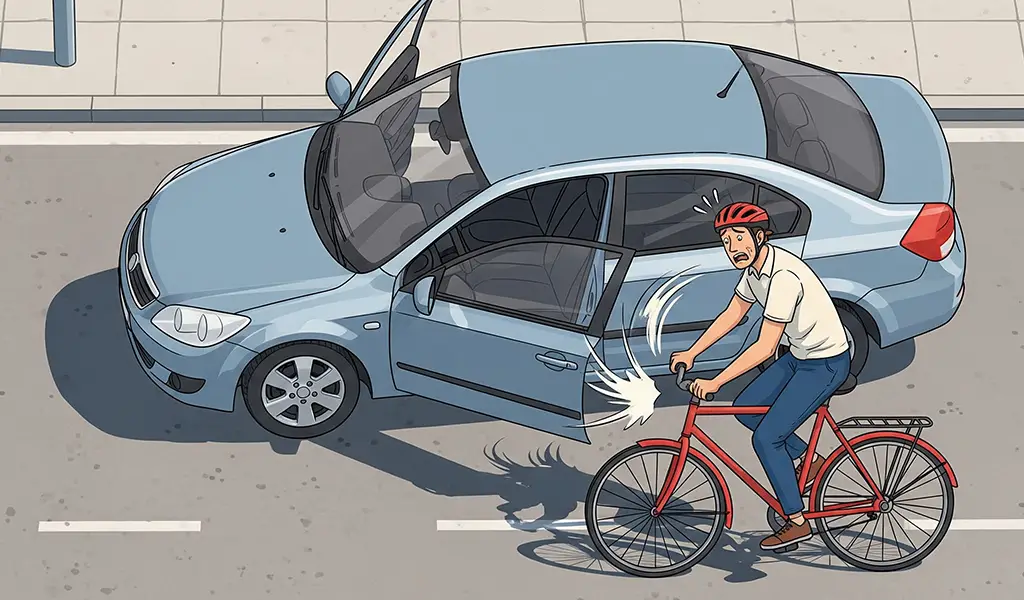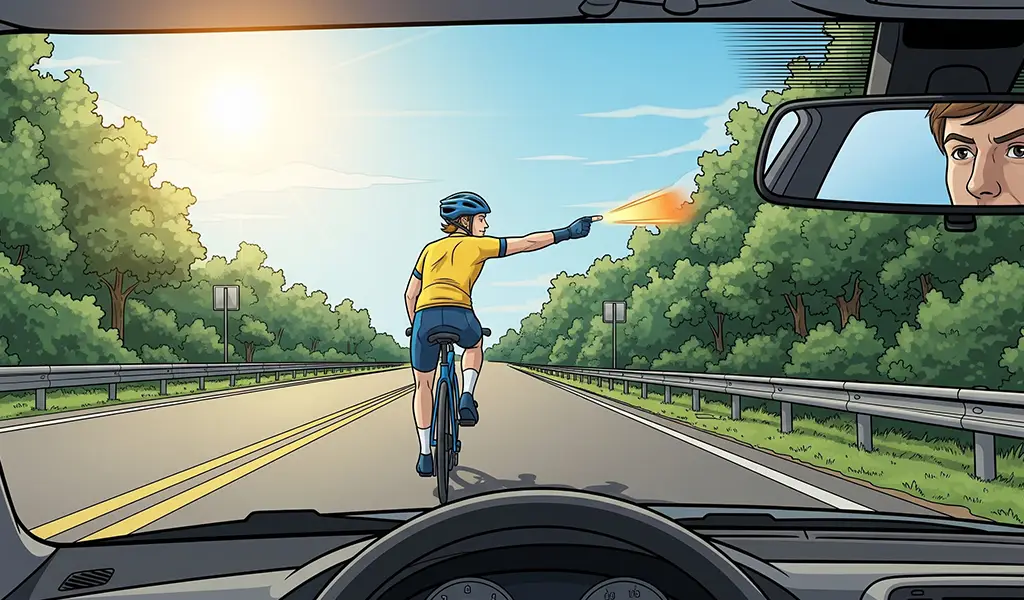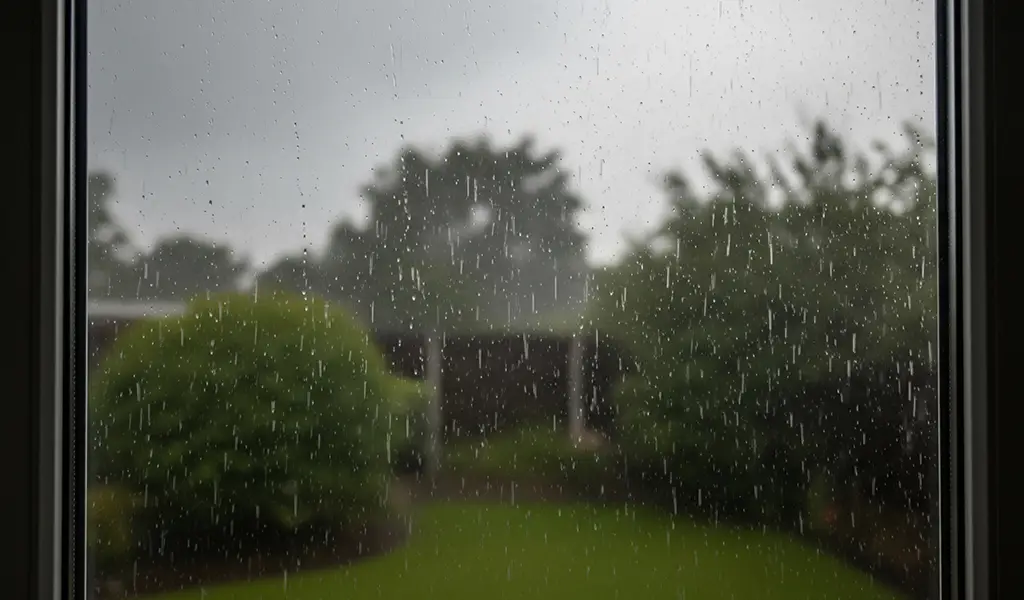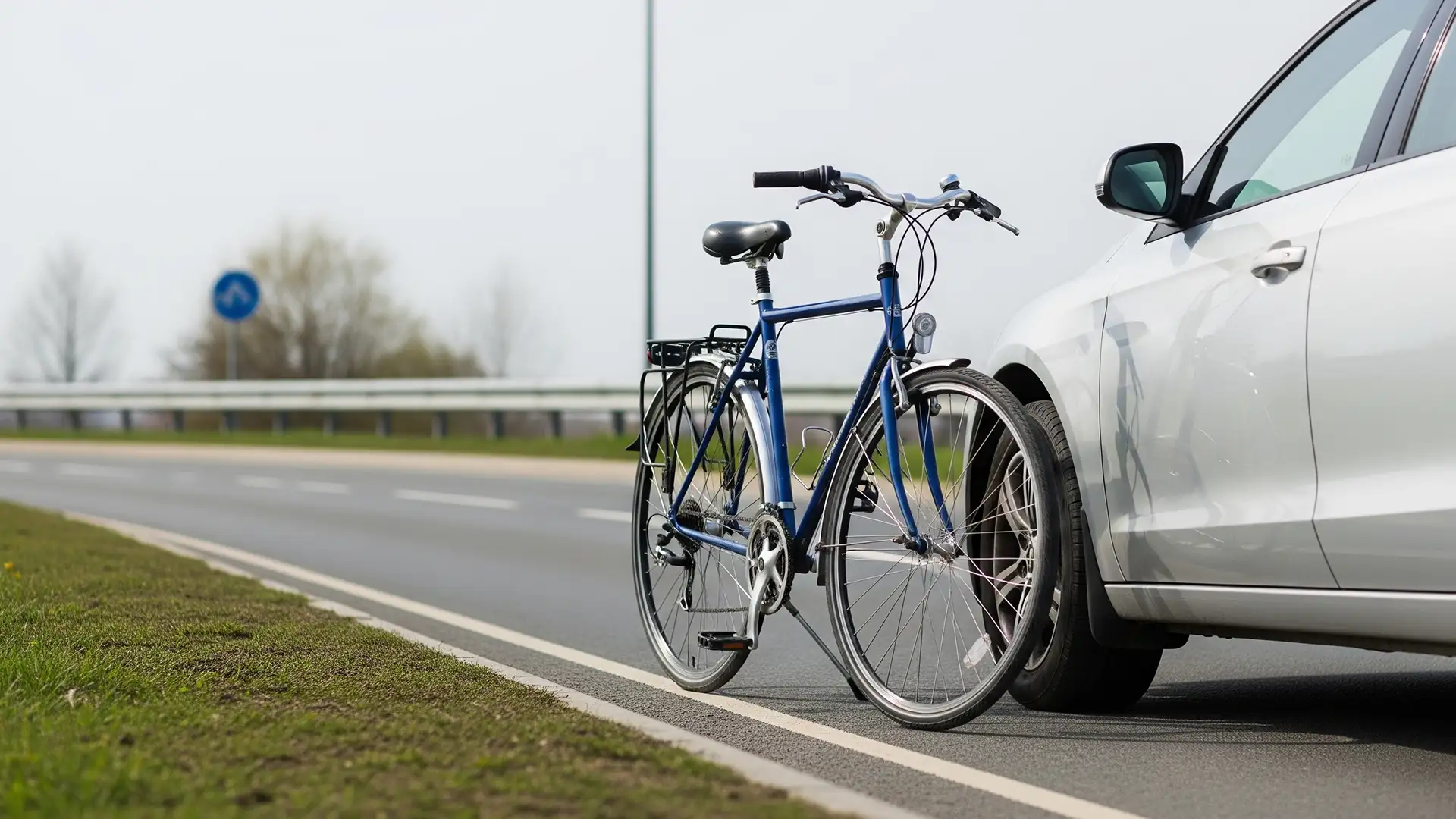Heavy traffic cycling isn’t for the faint of heart, but sometimes it’s the only way to get where you need to go. I’ve had my fair share of downtown rush hour in my years of biking, and yeah, it can be quite intense. But it’s also totally doable if you know what you’re doing and with a little bit of practice of course.
The thing is, most cycling advice treats traffic like some abstract concept. “Be visible! Follow the rules!” Cool, thanks for nothing. What you actually need are specific tactics that work when you’re surrounded by 2,000-pound metal boxes driven by people checking their phones.
So I thought I’d go ahead and share what works for me. Here’s what actually works when the streets are packed with everything from mopeds, cars and pedestrians to.
Your Mindset Makes All the Difference
First things first: you’re not trying to win anything out there. You’re not racing the cars, you’re not proving a point about cyclist rights, and you’re definitely not trying to teach anyone a lesson. You’re just trying to get home in one piece.
Heavy traffic is like a river. You can’t fight the current, but you can navigate it. The cars have their patterns, their rhythms, their predictable behaviors. Your job is to read those patterns and work with them, not against them.
Positioning is Everything
Take the lane when you need it
This is the big one that freaks people out, but it’s actually safer than cruising along the curb. If the lane is too narrow for a car to pass you safely (less than 3 feet), don’t be afraid to take the whole lane. Cars will wait. It’s not personal, it’s just traffic.
Stay out of the door zone
Ride at least 4 feet from any parked cars. I’ve seen people get doored because they were trying to stay out of traffic. Trust me, getting doored hurts way more than making a few cars slow down.

Use the bike lane, but don’t be a slave to it
If the bike lane is full of glass, parked cars, or construction debris, get out of it. Your safety trumps staying within the painted lines.
Reading Traffic Like a Book
Cars in heavy traffic are actually pretty predictable. They bunch up at lights, they change lanes aggressively when they see an opening, and they get impatient when they’re stuck.
Watch for the wave: When a light turns green, cars don’t all move at once. There’s a wave that moves through the pack. You can use this to your advantage to get ahead of the group or find gaps.
Look for the lane jumpers: Some drivers are constantly switching lanes looking for the “fast” lane. Stay away from these people at all costs. They’re not paying attention to anything except the car in front of them and openings on their sides.
Predict the brake lights: When traffic starts to slow down, it happens in a chain reaction. If you see brake lights way ahead, start slowing down early. Don’t get caught off guard by face-planting a set of brake lights.
The Art of Being Seen
Being visible isn’t just about wearing bright colors (though that does help). It’s about being where people expect to see you and moving in ways that make you predictable and that make sense to drivers.
Use lights, even during the day
A flashing front light makes you way more visible than any jersey color. I run a bright front flasher and a solid rear light all the time in heavy traffic.
Make eye contact
If you’re trying to merge or change lanes, make eye contact with the driver. If they’re looking at their phone, assume they have no idea you’re there.
Signal early and obviously

Don’t just point where you’re going, stick your whole arm out and hold it there for a while. Make it impossible to miss where you intend to go.
Dealing with Aggressive Drivers
Some drivers are just angry at the world, and unfortunately, cyclists are easy targets to blow off some steam. Don’t take it personally, and definitely don’t engage in this idiocy.
- Stay calm. I know it’s hard when someone honks at you for no reason, but getting angry makes you ride worse. Take a deep breath and focus on getting where you’re going. My favorite saying is “You do you” for a reason.
- Don’t argue. Nothing good ever comes from engaging in a yelling match. Even if you’re 100% right, you’re not going to change their mind from the street.
- Get out of dangerous situations. If someone is driving aggressively around you, let them pass. Pull over if you need to. Your ego isn’t worth getting run over for.
Traffic Light Strategy
Traffic lights are actually your friend in heavy traffic. They reset the whole game every few blocks and give you opportunities to position yourself well.
- Filter to the front carefully: If there’s room and it’s legal, moving to the front of the line at red lights can be smart. But don’t squeeze through if there’s no room. You’ll just annoy everyone.
- Get a good start: When the light turns green, get moving quickly. Not racing-quick, just don’t dawdle. You want to establish your position in traffic before cars start jockeying for position.
- Use the crosswalk if you need to: Sometimes the best move is to get off your bike and walk across as a pedestrian. There’s no shame in it.
Rush Hour Survival
Rush hour is its own beast. Everyone’s in a hurry, everyone’s stressed, and everyone’s making questionable decisions at best.
- Leave earlier: I know, I know. But giving yourself an extra 10-15 minutes means you’re not stressed, which means you make better decisions.
- Find alternate routes: The main arteries are going to be packed. Sometimes a longer route through residential streets is actually faster and definitely safer.
- Take breaks: If you’re feeling overwhelmed, pull over. Grab some water, check your phone, reset your brain. Heavy traffic is mentally exhausting because it demands your focus at all times.
Gear That Actually Matters
You don’t need to buy a bunch of stuff to ride in traffic, but are a few key things that makes a difference:
A good helmet
Obviously. But get one that fits properly and that you’ll actually wear. Expensive isn’t always the best option. You can check out our bike helmet guide for good guidance on what type fits your purpose.
Lights that work
Cheap lights die at the worst possible moment. Spend a little more for something reliable. Personally I use lithium powered lights that you charge via USB, they are highly convenient.
A mirror
This is controversial, but although I don’t always use one I do have one on hand if I feel the need. And they are quite nice, you just feel a bit dorky. Being able to check behind you without turning around is huge in heavy traffic.
Reflective stuff
Ankle bands, vest, whatever. It’s not about looking cool, it’s about being seen by another human being equally suffering from declining attention span. Thank you social media.
Learn When To Say No To Biking

Sometimes the best decision is not to ride at all. If you’re feeling sick, tired, or just not mentally sharp, heavy traffic isn’t the place you want to find yourself in. Same goes for really bad weather or if you’re carrying a bunch of stuff that could affect your balance/control.
There’s no shame in taking the bus or calling a ride on days when traffic cycling doesn’t feel right. Better to be a live transit rider than find yourself in a hospital bed.
The Long Game
The more you ride in traffic, the better you get at it, it’s that simple. Your awareness improves, you learn the patterns of your regular routes, and you develop instincts that are needed to keep you safe.
But don’t try to learn everything at once. Start with lighter traffic times, build up your confidence, and gradually tackle the heavier stuff. Rush hour ain’t going nowhere, and it will be there waiting for you when you feel ready to try it on.
And remember, every cyclist on the road makes the roads a little bit safer for the next one. Drivers get more used to seeing us, cities build better infrastructure, and the whole system slowly gets better together.
You’re not just commuting, you’re part of making cycling more normal and acceptable. That’s pretty cool, even when you’re stuck behind a bus belching diesel fumes.
The Bottom Line
Heavy traffic cycling isn’t about being fearless. It’s about being smart, predictable, and aware. Respect the cars, but don’t be intimidated by them. You have as much right to get places as they have.
Take it slow, be patient with yourself, and remember that every trip where you don’t get hurt is a win. The confidence comes with time, and once you have it, you’ll wonder why you ever worried about a “little” traffic.

Leave a Reply